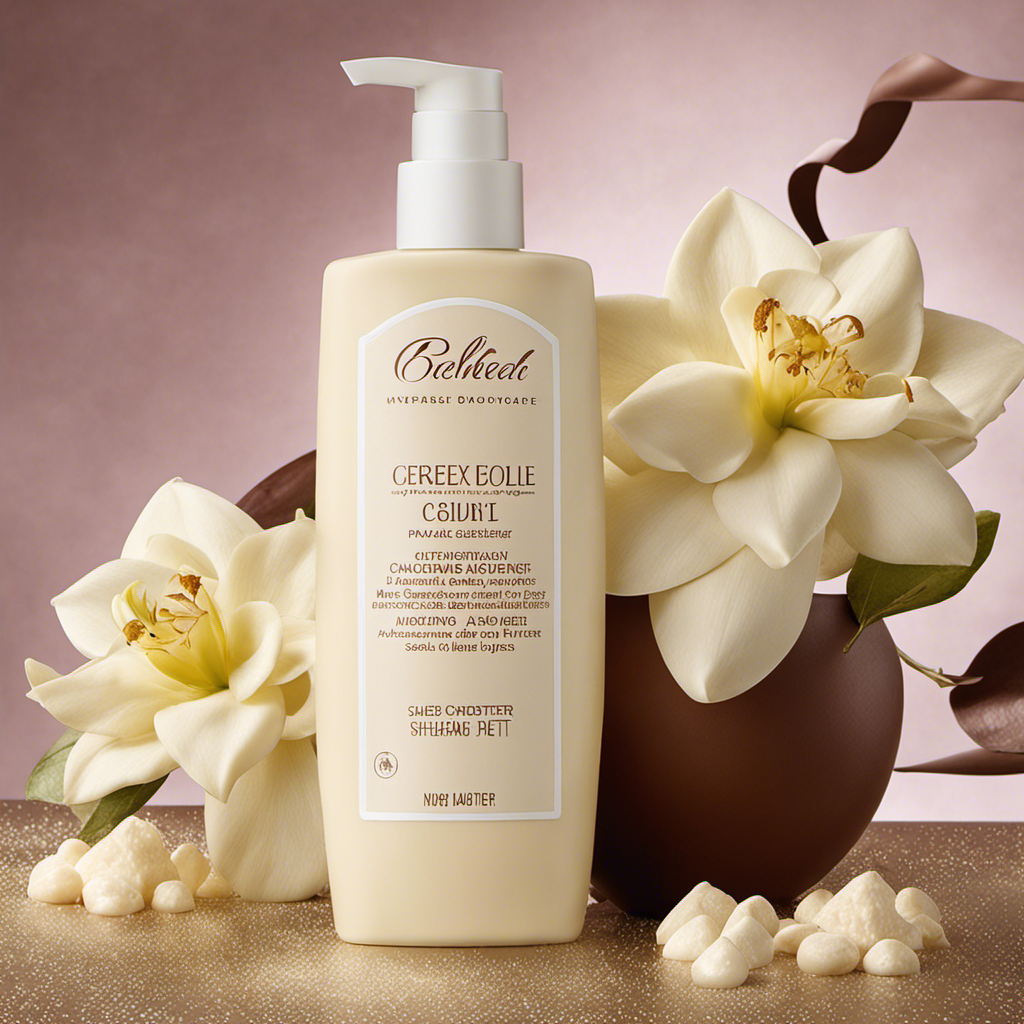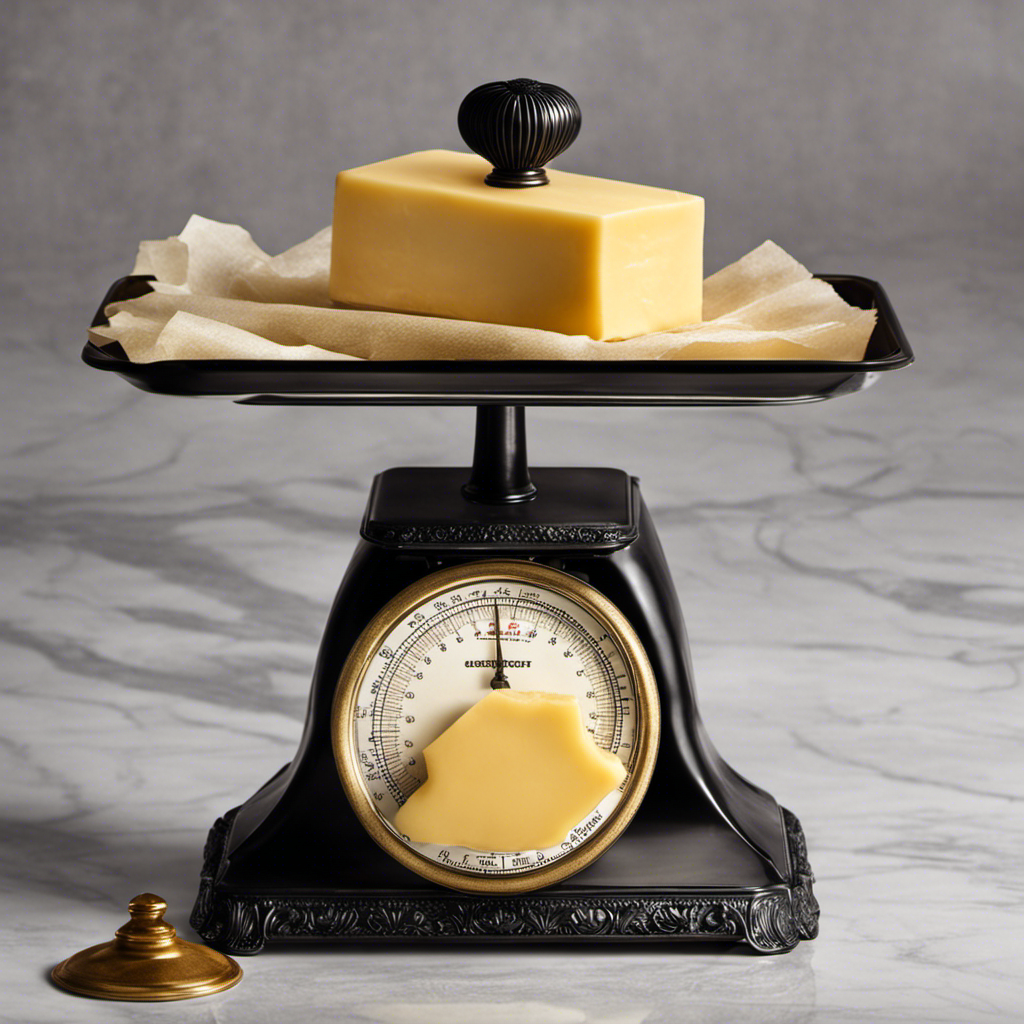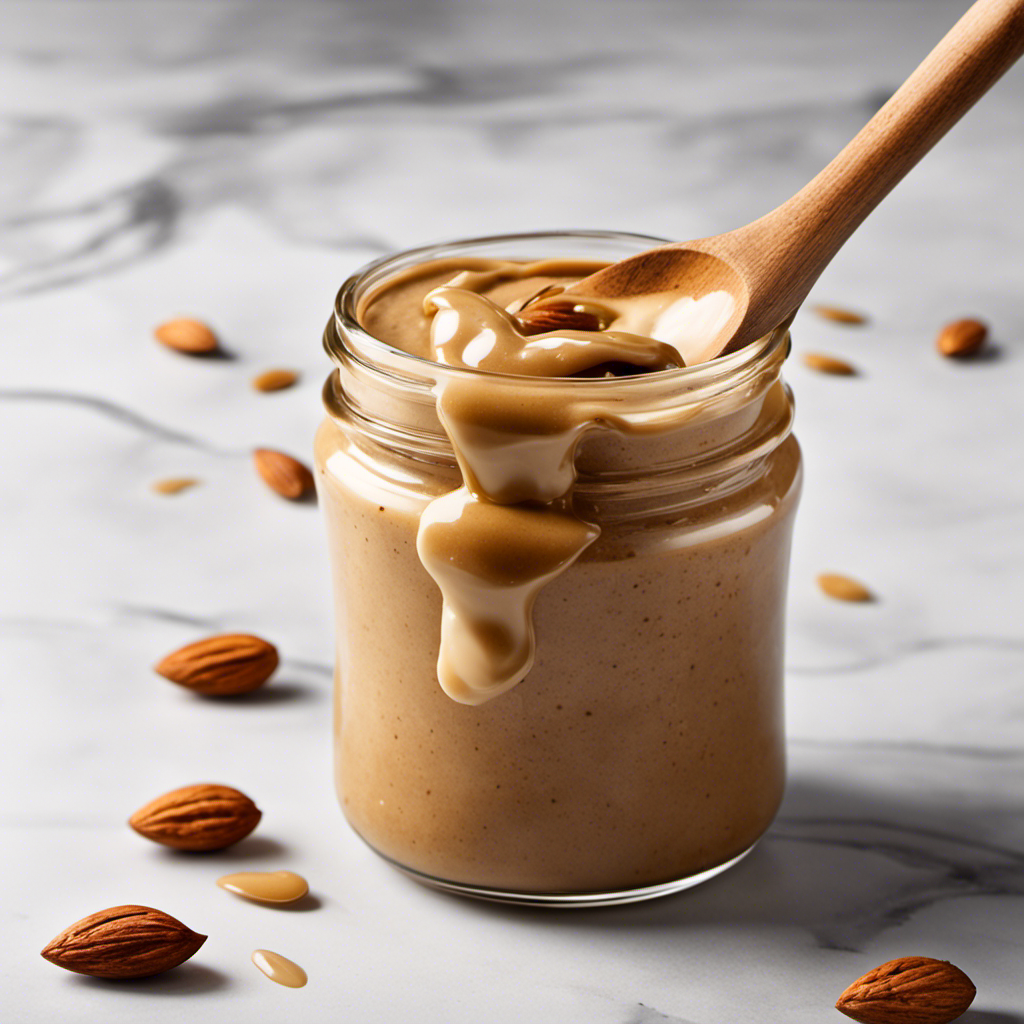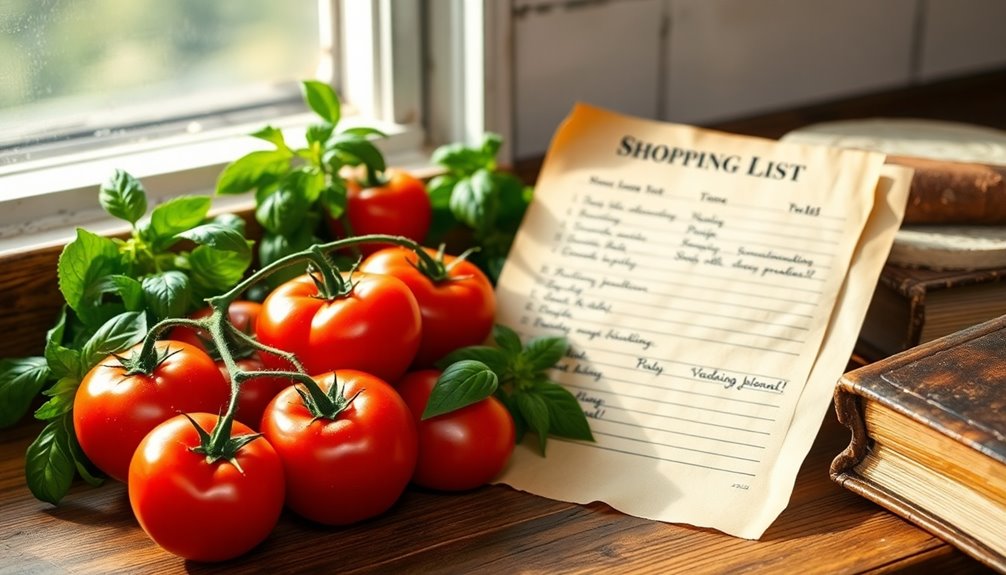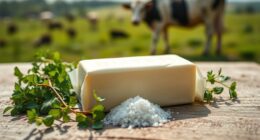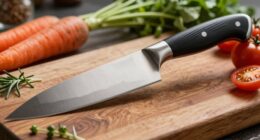As a fan of natural skincare products, I have always been intrigued by the origins of Shea Butter. Come along with me as we explore the rich history and global industry surrounding this versatile beauty ingredient.
From its African roots to the intricate process of harvesting and extraction, we will explore the traditional and modern uses of Shea Butter.
Get ready to delve into the world of Shea Butter and uncover the secrets of its origins.
Key Takeaways
- Shea butter traces its origins back to ancient African civilizations and is native to several countries in West Africa.
- The production process of shea butter has been passed down through generations and is valued for its historical significance and cultural heritage.
- Shea butter has numerous benefits for skincare, haircare, and medicinal purposes, including deep moisturization, reducing inflammation, and promoting healthy skin cell growth.
- Africa is the largest producer and exporter of shea butter, and its global market is expected to reach a value of $XX billion by 2025, creating job opportunities and improving socio-economic conditions in shea-producing countries.
Shea Butter: An Overview
Shea butter is a popular natural ingredient that is derived from the nuts of the shea tree. It has been used for centuries in natural skincare due to its amazing benefits for the skin.
Shea butter is rich in vitamins A, E, and F, as well as essential fatty acids, making it incredibly nourishing and moisturizing. It helps to soothe and heal dry, damaged skin, while also improving its elasticity and reducing the appearance of wrinkles. Additionally, shea butter has anti-inflammatory properties that can calm irritated skin and even help with conditions like eczema and psoriasis.
With its versatility, shea butter can be used in various skincare recipes, such as homemade body butters, lip balms, and even hair masks.
Historical Origins of Shea Butter
You can trace the historical origins of shea butter back to ancient African civilizations. This natural product has a rich history and holds great cultural significance.
Shea butter is derived from the nuts of the shea tree, which is native to several countries in West Africa. For centuries, African communities have utilized shea butter for its numerous benefits. It was not only used as a skin moisturizer and conditioner, but also played a vital role in traditional medicine and cultural practices.
The production of shea butter involved a meticulous process, which was passed down through generations and became an integral part of African heritage. Today, shea butter continues to be highly valued for its historical significance and is widely used in the beauty and cosmetic industries.
Shea Butter Production Process
When making shea butter, it’s important to first harvest and collect the nuts from the shea tree. These nuts are then processed to extract the butter, which is used for various purposes such as skincare and cooking. The production process involves several steps to ensure the quality of the final product.
-
Harvesting and Collection: The nuts are carefully handpicked from the shea tree, ensuring that only mature nuts are selected.
-
Dehusking and Washing: The outer shell of the nut is removed, and the nuts are thoroughly washed to remove any dirt or impurities.
-
Drying and Grinding: The nuts are dried under the sun and then ground into a fine powder, which is later roasted to enhance the aroma and flavor.
Shea butter market trends are constantly evolving, with a growing demand for natural and organic skincare products. To meet these demands, quality control measures are implemented throughout the production process. This includes testing the raw materials for purity, monitoring the temperature during roasting, and conducting regular quality checks to ensure that the shea butter meets the highest standards.
Shea Butter: A Global Industry
The global industry for shea butter has experienced significant growth in recent years, driven by the increasing demand for natural and organic skincare products. This versatile ingredient, derived from the nuts of the shea tree, is known for its moisturizing and nourishing properties. It has gained popularity not only in the beauty and cosmetics industry, but also in the food and pharmaceutical sectors.
Let’s take a closer look at the global market for shea butter and its economic impact:
| Region | Key Market Players |
|---|---|
| Africa | Global Shea Alliance |
| Europe | L’OCCITANE |
| North America | The Body Shop |
| Asia-Pacific | NOW Foods |
The global market for shea butter is expected to reach a value of $XX billion by 2025, with Africa being the largest producer and exporter. This growth has had a positive economic impact on shea-producing countries, creating job opportunities and improving the socio-economic conditions of local communities. Additionally, the sustainable cultivation and production of shea butter contribute to environmental conservation and support the livelihoods of millions of women who play a significant role in the shea industry.
Shea Butter: African Origins
As an expert in the field of shea butter, I’m excited to delve into the natural benefits of this incredible ingredient and explore the intricate process of shea production.
Shea butter is renowned for its numerous skincare benefits, such as moisturizing, anti-inflammatory, and anti-aging properties.
Understanding the production process, from harvesting the shea nuts to the refinement of the butter, provides valuable insight into the craftsmanship and sustainability behind this African treasure.
Natural Benefits of Shea
You’ll love the natural benefits of shea, such as its moisturizing and anti-inflammatory properties. Shea butter is a fantastic ingredient for natural skincare, providing numerous healing properties that can improve the health and appearance of your skin. Here are some of the key benefits:
- Deeply moisturizes and nourishes the skin, keeping it soft, supple, and hydrated.
- Helps reduce inflammation and soothes irritated skin, making it great for conditions like eczema and psoriasis.
- Contains vitamins A and E, which promote healthy skin cell growth and repair.
Shea butter is a versatile ingredient that can be used in various ways, including as a moisturizer, lip balm, or even to treat minor cuts and burns. Its natural healing properties make it a must-have for anyone looking to improve their skincare routine.
Shea Production Process
To make shea butter, the nuts from the shea tree are harvested, dried, and then crushed to extract the rich oils within. Shea butter processing techniques play a crucial role in ensuring the quality and efficacy of the final product. These techniques involve several steps that are carefully executed to obtain the highest quality shea butter.
One of the key steps in the processing is roasting the shea nuts. This helps to remove any impurities and enhance the aroma and flavor of the butter. After roasting, the nuts are ground into a fine powder using specialized machinery. This powder is then mixed with water to form a paste, which is further kneaded to release the oils. The oil is then separated from the paste and allowed to solidify to obtain the final shea butter product.
Table: Shea Butter Processing Techniques
| Processing Step | Description |
|---|---|
| Harvesting | Nuts are collected from shea trees |
| Drying | Nuts are dried to reduce moisture content |
| Roasting | Nuts are roasted to remove impurities and enhance aroma and flavor |
| Crushing and Extraction | Nuts are crushed and oils are extracted to obtain shea butter |
Quality control is an integral part of shea butter production. It involves rigorous testing and inspection to ensure that the butter meets the required standards. This includes checking for purity, consistency, and absence of contaminants. Additionally, the shea butter is evaluated for its color, texture, and fragrance to ensure that it is of the highest quality. By implementing these quality control measures, producers can guarantee the excellence of their shea butter products.
With the shea butter processing techniques and quality control in place, it is now time to delve into the next step: shea butter harvesting and extraction.
Shea Butter: Harvesting and Extraction
When it comes to harvesting and extracting shea butter, there are specific techniques used in cultivating the shea tree and traditional methods for extracting the butter.
To ensure successful cultivation, shea trees require specific growing conditions such as well-drained soil and a subtropical climate.
Traditional extraction methods involve the labor-intensive process of collecting shea nuts, cracking them open, and grinding them into a paste before extracting the butter through boiling and cooling.
Shea Tree Cultivation Techniques
Shea butter is made from the nuts of the shea tree, which is cultivated using various techniques. When it comes to shea tree propagation, there are a few methods that are commonly used. These include grafting, where a small branch of a desired variety is attached to a rootstock, and seed propagation, where seeds are collected and germinated in a nursery before being transplanted into the field.
However, it’s important to note that shea trees are susceptible to certain diseases, such as anthracnose and root rot. To prevent these diseases, farmers often employ practices like regular pruning, proper drainage, and applying fungicides when necessary.
Overall, proper cultivation techniques are crucial for ensuring healthy shea trees and a good yield of shea nuts for making shea butter.
Now that we understand the cultivation techniques for shea trees, let’s delve into the traditional extraction methods for obtaining shea butter.
Traditional Extraction Methods
Now that we’ve covered the cultivation techniques, let’s explore how shea butter is traditionally extracted. Shea butter is a versatile and highly prized natural ingredient that is derived from the nuts of the shea tree. Traditional extraction methods have been passed down through generations and hold great cultural significance. These techniques involve several steps, including harvesting the nuts, drying them, roasting them, and finally grinding and kneading the roasted nuts to extract the rich butter. The process is labor-intensive and requires great skill and patience. To give you a better understanding, here is a table outlining the traditional extraction techniques:
| Step | Description |
|---|---|
| 1 | Harvesting the shea nuts from the trees |
| 2 | Drying the nuts to reduce moisture content |
| 3 | Roasting the nuts to enhance the butter’s aroma and color |
| 4 | Grinding and kneading the roasted nuts to extract the butter |
These traditional methods not only produce high-quality shea butter but also preserve the cultural heritage and practices of the communities that rely on this valuable resource.
Shea Butter: Traditional and Modern Uses
You can find traditional and modern uses for shea butter in various skincare and haircare products.
Shea butter is a versatile ingredient that has been used for centuries due to its numerous benefits. In modern skincare, shea butter is valued for its moisturizing properties and ability to nourish and protect the skin. Its high concentration of vitamins A and E, as well as essential fatty acids, make it an excellent choice for promoting healthy and youthful-looking skin.
Shea butter also has medicinal properties, such as anti-inflammatory and healing effects, making it an ideal ingredient for treating conditions like eczema and psoriasis.
Additionally, shea butter can be used to improve the appearance and manageability of hair, providing hydration and reducing frizz.
- Moisturizes and nourishes the skin
- Promotes healthy and youthful-looking skin
- Provides healing and anti-inflammatory effects
Frequently Asked Questions
Is Shea Butter Suitable for All Skin Types?
Yes, shea butter is suitable for all skin types. Its moisturizing properties benefit dry skin, while its anti-inflammatory properties soothe sensitive skin. Alternatives to shea butter include cocoa butter and mango butter.
Can Shea Butter Be Used as a Natural Hair Conditioner?
Shea butter is a fantastic natural hair conditioner. It deeply moisturizes, reduces frizz, and promotes hair growth. Compared to other natural conditioners, shea butter stands out for its rich vitamins and fatty acids that nourish and protect the hair.
What Are the Main Differences Between Unrefined and Refined Shea Butter?
Unrefined vs Refined Shea Butter: Which is better for skincare? Unrefined Shea Butter is minimally processed, retaining more nutrients and natural scent. Refined Shea Butter is processed to remove impurities and scent. Both have benefits for moisturizing skin.
Does Shea Butter Have Any Potential Side Effects or Allergic Reactions?
Potential side effects and allergic reactions can occur when using shea butter. It’s important to patch test before using it to check for any adverse reactions. Allergies to shea butter are rare, but some people may experience skin irritation or redness.
Are There Any Sustainable Practices in Place to Ensure the Long-Term Availability of Shea Butter?
There are sustainable practices in place to ensure the long-term availability of shea butter. Through responsible sourcing and economic impact, we can protect this valuable resource for future generations.
Conclusion
After delving into the historical origins and production process of shea butter, it becomes clear that this remarkable ingredient has a rich and deep-rooted history.
With its African origins and traditional extraction methods, shea butter has stood the test of time and continues to be a global industry today.
Its versatility in both traditional and modern uses speaks to its enduring popularity.
So, the next time you use shea butter, ask yourself, can you feel the ancient wisdom and beauty it holds within?

